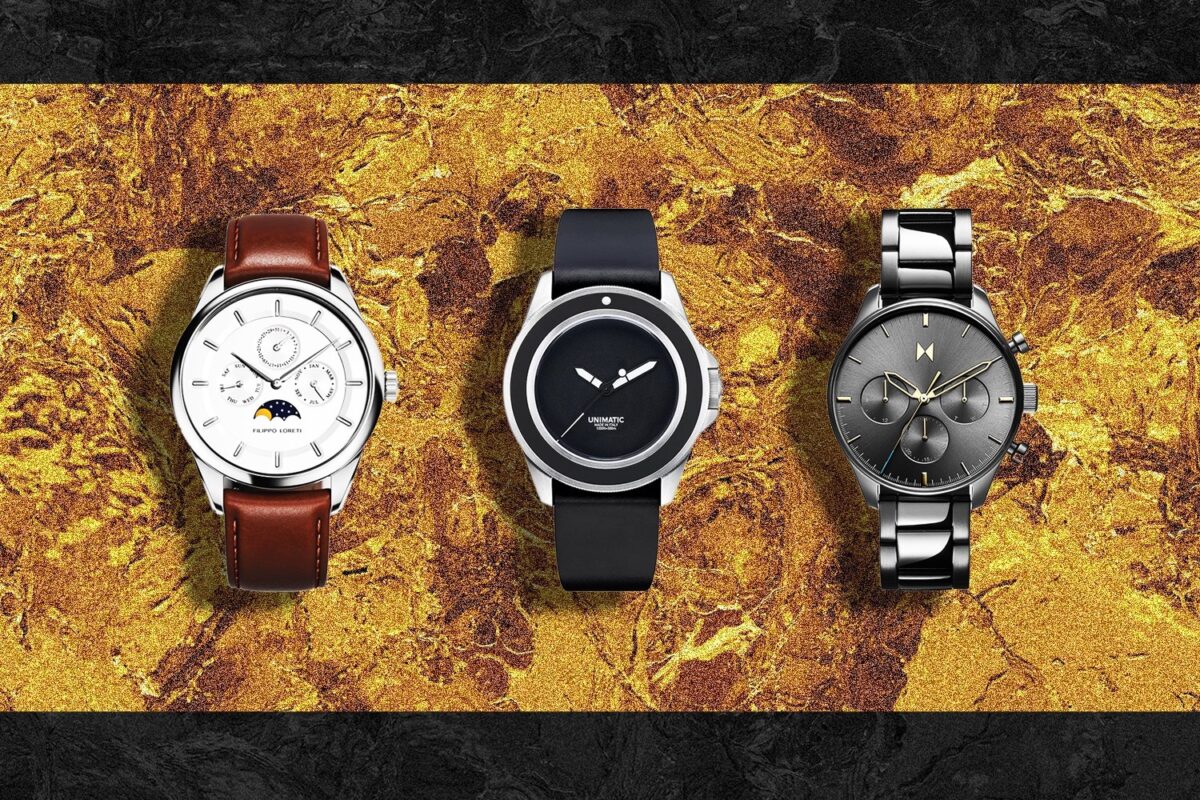From Kickstarter to Instagram, the Internet is awash in watch ‘microbrands’ offering an alternative to the exclusive and expensive established watch brands. But not all microbrands are made equal – and many consumers are getting ripped off.
Like many industries, the luxury watch industry is dominated by a few very big companies that own heaps of different brands or produce huge numbers of watches.
You have the Swatch Group, which owns brands like Longines, OMEGA, Tissot and you guessed it, Swatch. Richemont is another big player, with brands like Cartier, IWC, Panerai and Vacheron Constantin. Rolex, the world’s biggest watch brand, owns Tudor; Seiko owns Alba, Lorus, Pulsar and Grand Seiko; Citizen owns Alpina, Arnold & Son and Frédérique Constant… You get the picture.
These huge companies tightly control the supply of watches and often make it quite difficult (and expensive) for you to get your hands on a luxury watch. For some customers, that’s not a problem: the opaque, exclusive nature of the purchasing process is part of the allure. But for others, it’s a frustrating rigmarole that really sours the shopping and ownership experience.
In recent years, in no small part thanks to the popularity of crowd-funding platforms like Kickstarter and Indiegogo, we’ve seen a number of ‘microbrands’ emerge partly as a reaction to the opaque nature of the established high-end brands. Consumers have never had more choice and there’s never been more creativity in the watch space – but not all microbrands are created equal.
Indeed, some watch microbrands are borderline scams – here’s what you need to look out for…
In this watch microbrand story…
How to spot a dodgy watch microbrand
The grift tends to take the same form. These brands all claim that traditional watch brands mark up their products excessively, but by “bypassing traditional channels” and “cutting out the middle man” they can sell real premium watches to customers at a fraction of the price.
Their marketing typically features lots of customer testimonials where claims like “I own Rolexes but I get more compliments wearing this watch” are commonplace. They also do a lot of influencer marketing, where you’ll see mid-tier influencers shill the ever-loving s*** out of their watches.
The reality is that these watch brands use cheap, generic movements; incredibly derivative designs (some of which are just straight-up copyright infringement) and are incredibly opaque about where these watches are made. Many are simply just drop-shipped from China.
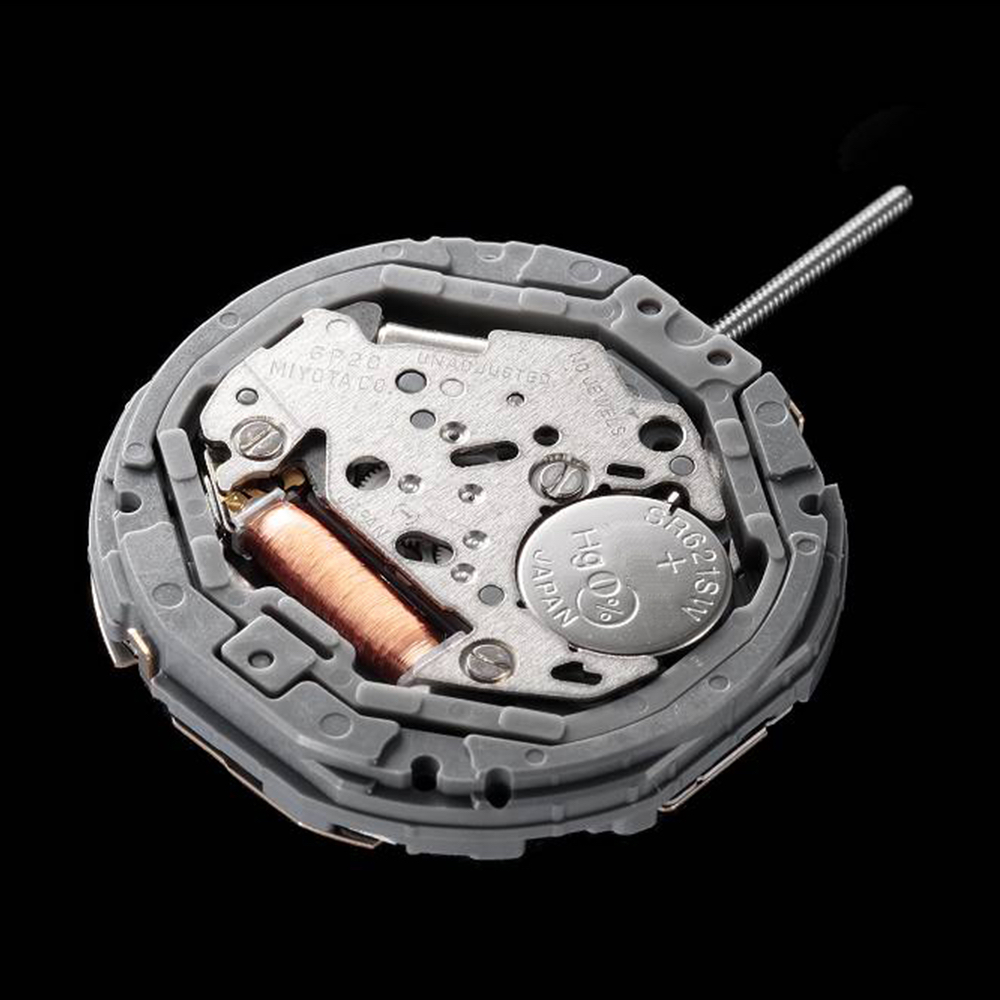
What’s most laughable is their claim that they’re actually luxury products. Virtually none of them feature the sort of construction or quality materials that you’d need to use to qualify as a high-end watch. More to the point, no serious watch fan would ever take someone wearing one of these watches seriously, as they’re so obviously terrible.
RELATED: Shaquille O’Neal’s Invicta Watch Collection Misses Harder Than His Free Throws
They’re entirely designed to sucker in people who don’t know anything about watches but are desperate to look cool or have a status symbol to show off. They make buyers feel clever; like they’ve duped the big Swiss brands, when actually, they’ve been duped themselves.
These microbrand watches might be cheaper than a typical Swiss or Japanese watch, but they’re still ridiculously overpriced, especially when comparable watches can be purchased from Alibaba or Taobao for cents on the dollar.
As someone who writes about watches every day and lives and breathes these things, it’s easy to spot these scams a mile away – but for the average consumer, they’re a bit harder to spot. Let me save you some heartache: here are some popular microbrands you should steer clear from.
Microbrands to avoid
Filippo Loreti
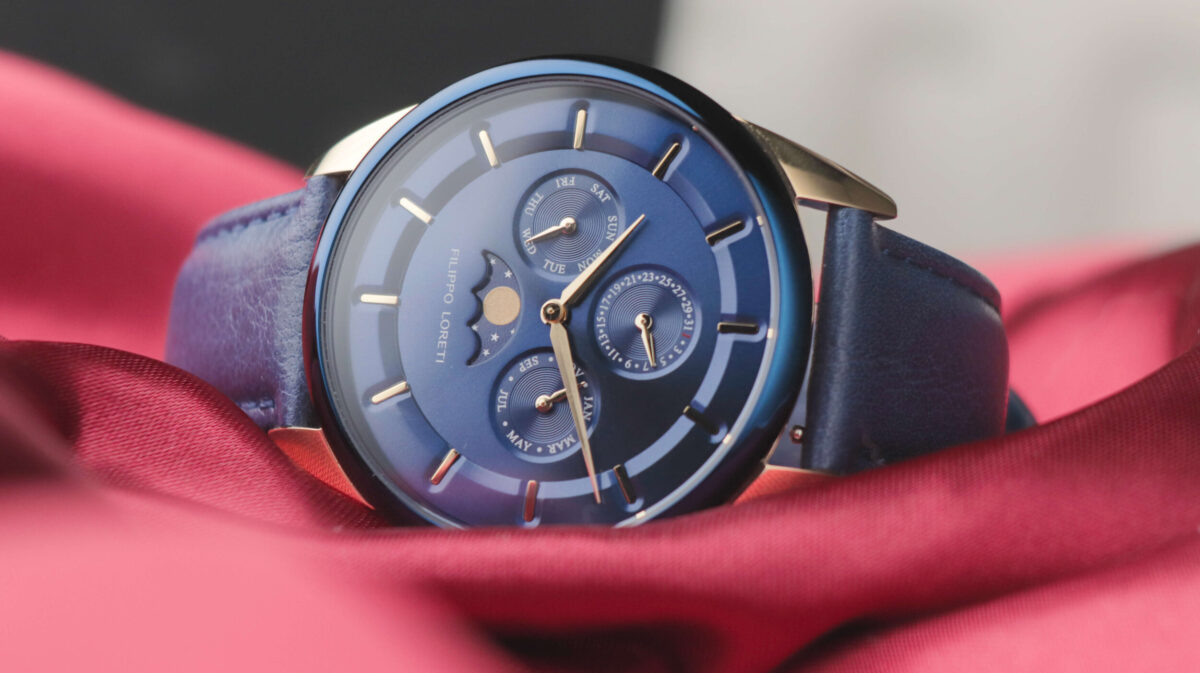
Filippo Loreti is arguably the quintessential dodgy microbrand. Everything about the brand screams ‘shonk’ – yet it still suckers people in.
Its ‘about us’ page features a pretty standard story. “We want to make premium accessible and part of your daily life. While major brands in our industry markup their products 8-16x of the actual cost – we do things differently,” the brand claims. “By bypassing traditional channels, building direct relationships with the quality manufacturers [sic] and designing our products in-house, we’re able to provide premium goods at down-to-earth prices.”
Yet even at around AU$350, they represent a total rip-off. Its name and designs suggest it’s an Italian brand, but in actuality, the company is based in Lithuania and all its watches are made in China. Indeed, virtually identical watches can be purchased from Alibaba or Taobao for a tenth of the price.
Made from cheap steel, featuring cheap Japanese quartz movements, mineral glass, low-quality leather and featuring poor quality control, Filippo Loreti is not luxury in the slightest. Indeed, it’s not even good value, as you could pick up the same thing from China for even less – or spend a fraction of the amount on a Casio or Timex and get something that’s way better quality.
Vincero
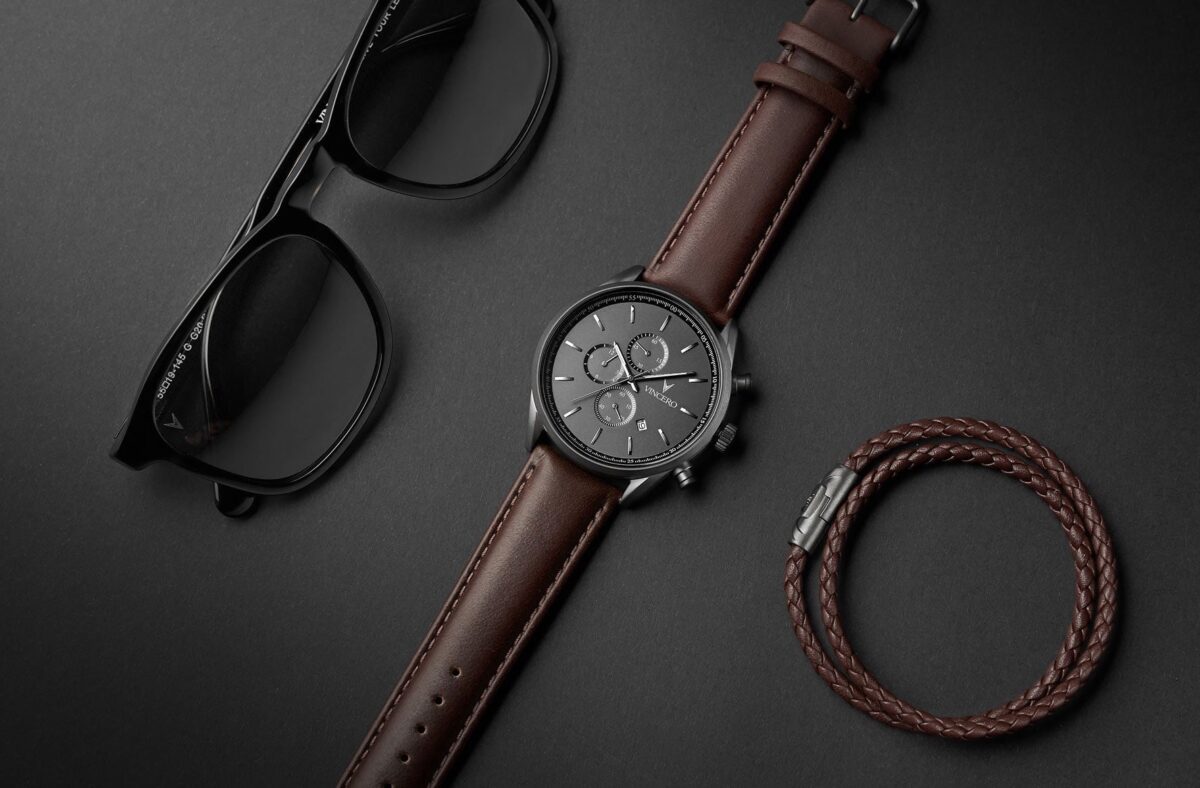
Vincero is another microbrand that plays out of the same dodgy playbook: they claim to offer “luxury watches” that are “exceptionally crafted” for a fraction of the price of established luxury brands. They also aggressively utilise influencer and social media marketing.
While not as bad as Filippo Loreti, they’re very much cut from the same cloth. Their watches are cheaply made, over-marketed and despite describing themselves as affordable, are actually very overpriced for what they are.
Take their most popular model, The Chrono S. A tell-tale sign this is a cheap watch that’s not worth its $355 price tag is the placement of the chronograph subdials and the date window: they’re really close to the centre of the dial, which suggests that they’ve used a movement that’s too small for the watch. Hardly a hallmark of a luxury product.
MVMT
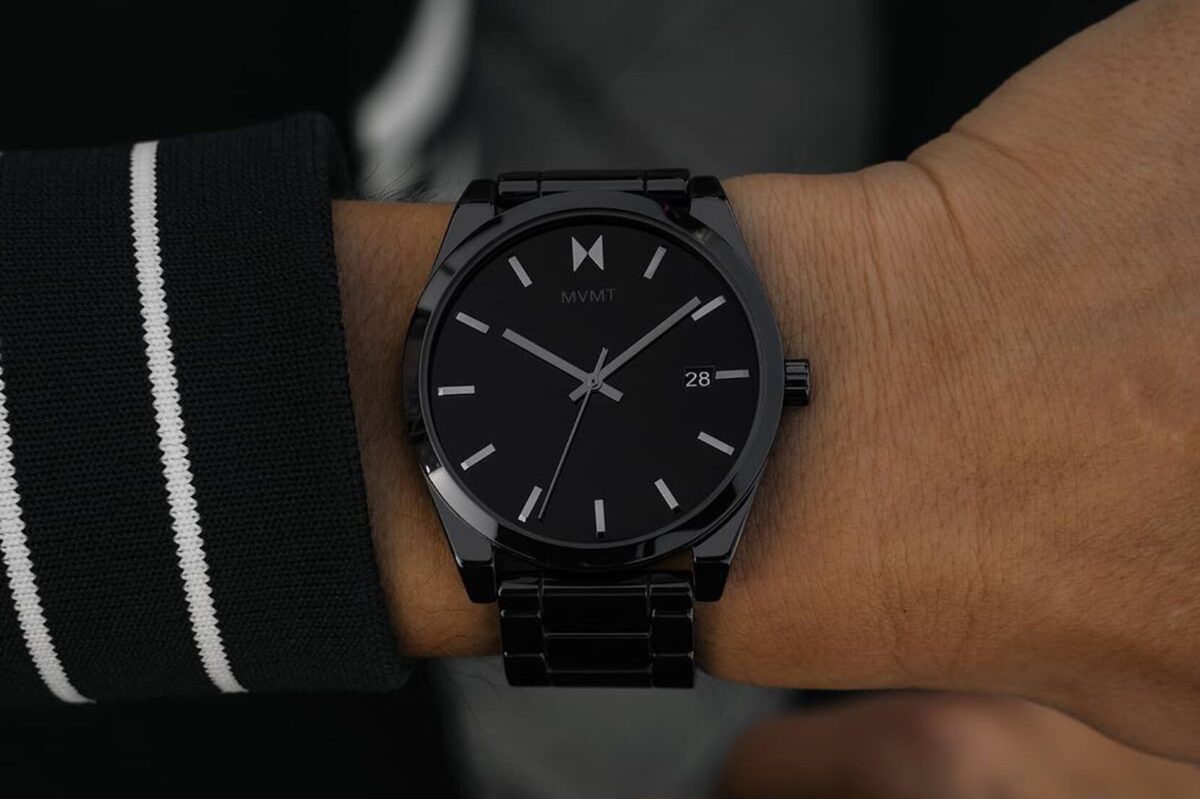
MVMT is another offender in this space. They’ve also got a similar spiel: “[Our] idea was simple: to make quality, sleek watches that young people could afford… clean dials with big personalities, unexpected colour ways and fair price points that broke all the rules of the watch industry.”
But again, the slick marketing belies the fact that yet again, these are cheap fashion watches that in truth represent pretty poor value and don’t represent genuine luxury products.
Admittedly, MVMT has come a long way in recent years and actually produce some horologically impressive watches. Take their Element Ceramic watch, which features a glossy black ceramic case and matching bracelet for $370. For a full ceramic watch, that’s actually a pretty reasonable price (although it only has a cheap quartz movement and mineral glass).
Brick Watch Company
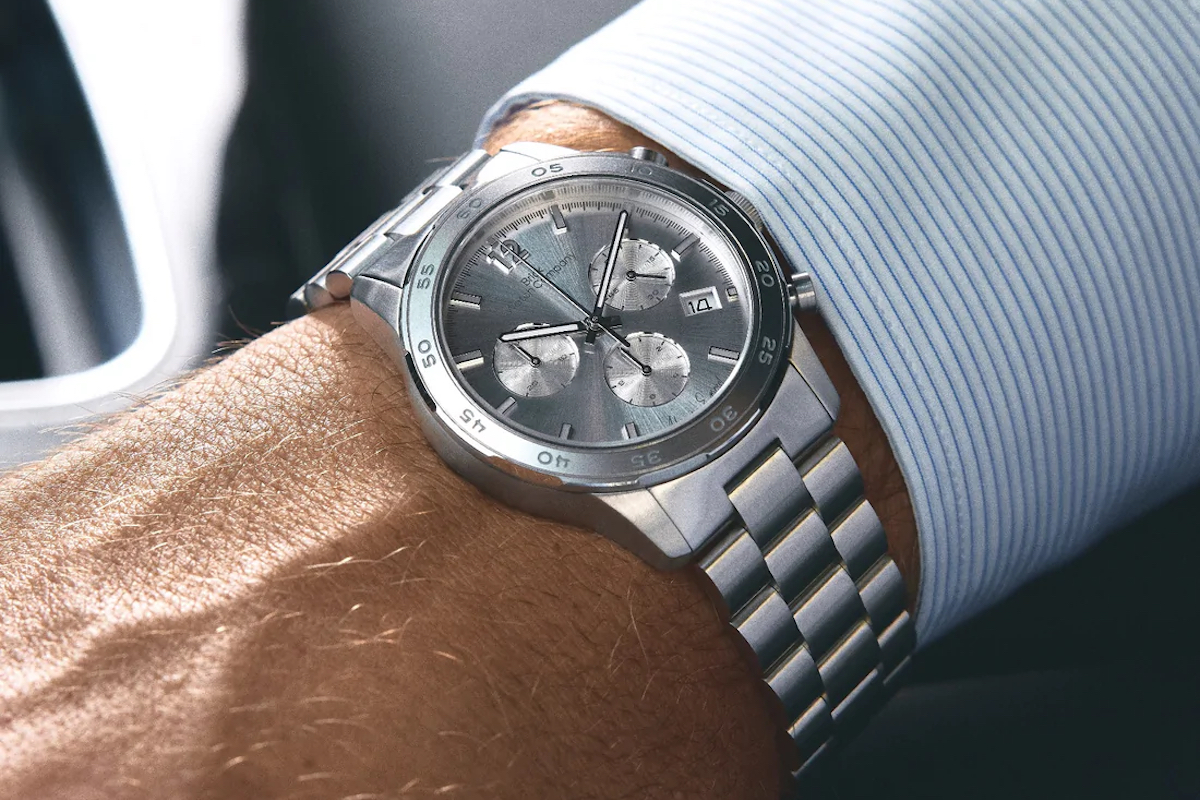
Perhaps the worst-offending new microbrand is Brick Watch Company, created by controversial Barstools Sports founder Dave Portnoy.
In essence, Portnoy has taken $42 watches, slapped his brand on them, and is now selling them for a whopping $3,600. For that sort of money, you could buy a genuine Swiss luxury watch, like a Baume & Mercier, Longines or Breitling.
Rather than using influencer marketing, Portnoy’s essentially his own marketing campaign: using his millionaire status to imply that he intuitively knows something about luxury, or at the very least, can access genuine luxury – therefore if the watch is good enough for him, it’s good enough for other luxury shoppers. But it’s the same old scam and a pretty bald-faced one at that.
RELATED: Dave Portnoy Melts Down After Critics Savage His Watch Brand
Microbrands we recommend
Not all microbrands are dodgy, though. There are plenty of decent, honest microbrands making exceptionally innovative, luxurious and fairly-priced pieces that definitely deserve your attention.
BOLDR

BOLDR, a microbrand out of Singapore, has quickly become a favourite of value-conscious watch fans thanks to its exceptionally robust and extremely affordable Venture field watch.
For less than AU$500, the Venture features a full titanium case, Japanese automatic movement, sapphire crystal and Japanese Superlume – a tremendous package for the price. Their other watch ranges are similarly well-specced and similarly affordable. They’re a great example of an honest microbrand that genuinely provides a more affordable alternative to established players.
UNIMATIC
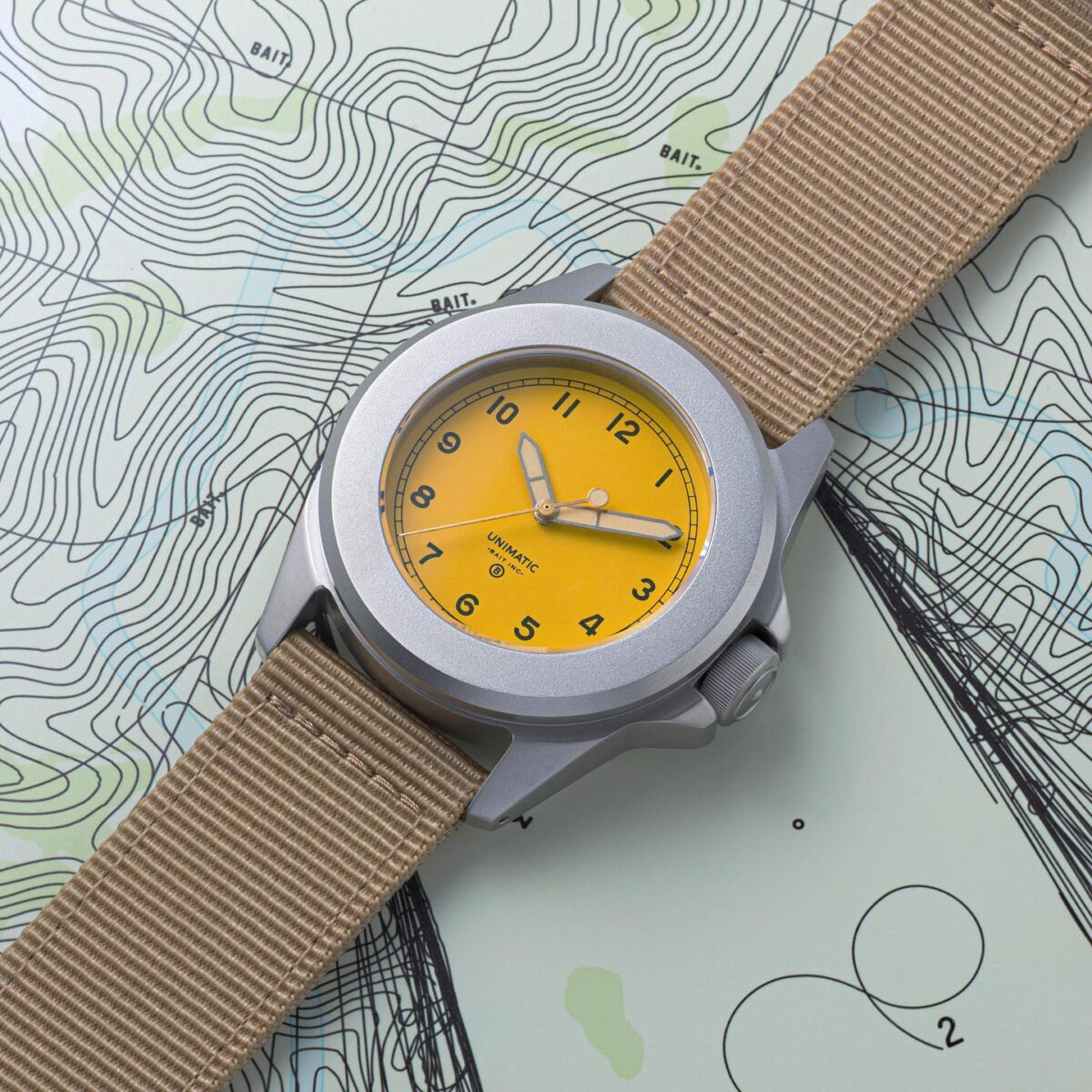
Now for a genuinely Italian watch brand. Established in 2015, UNIMATIC’s line of hip, Bauhaus-inspired tool watches have become somewhat of a cult icon, fuelled in part by their savvy collaborations with brands like BAIT, Undefeated, Massena LAB and publications like The Rake and Hodinkee.
They also offer a rather unique made-to-order service where you can get whatever design you like hand engraved on one of their watches by Italian master engraver Stefano Muffolini in Italy.
anOrdain
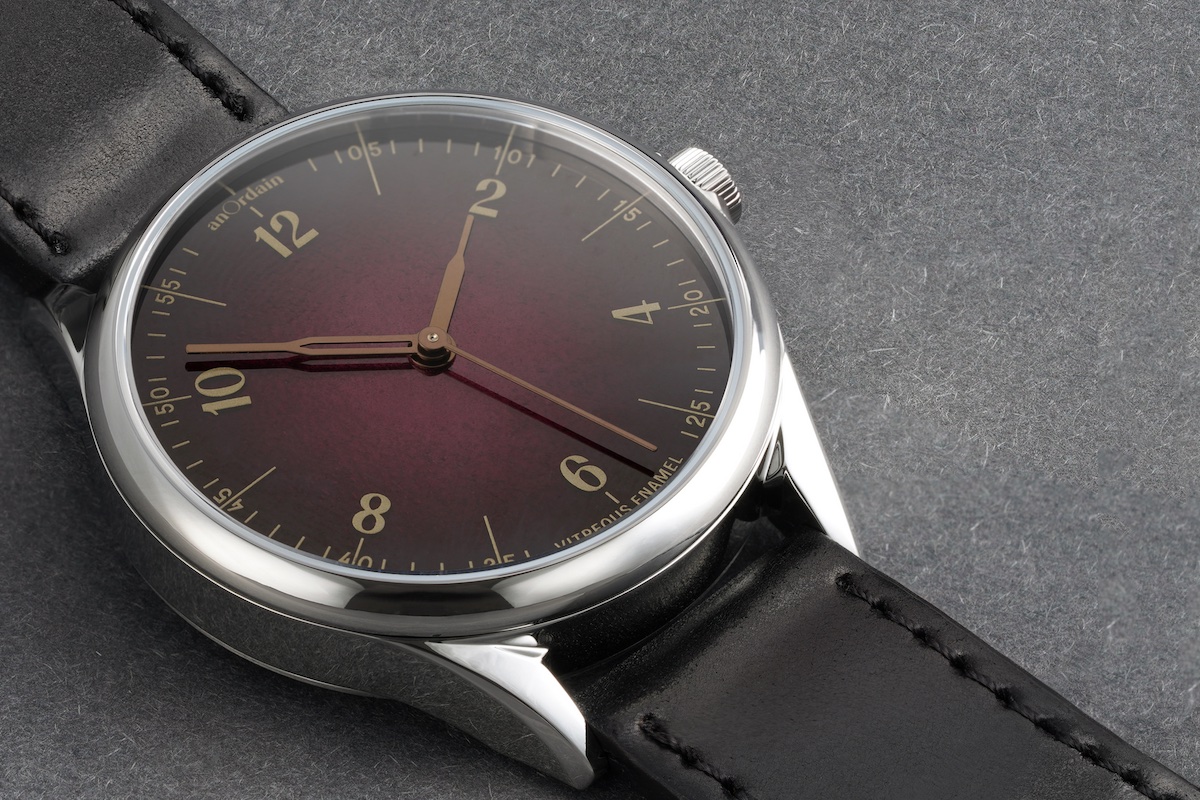
anOrdain is an independent Scottish watchmaker that’s become famed for its hand-made enamel dials. Outside of Switzerland and Japan, anOrdain is one of the only watchmakers in the world producing enamel dials in-house – a testament to these Glaswegians’ skills.
Admittedly, you wouldn’t necessarily describe anOrdain’s pieces as ‘affordable’ – most sit well above AU$3,000 – but for what you get, that’s actually pretty reasonable.
Bausele
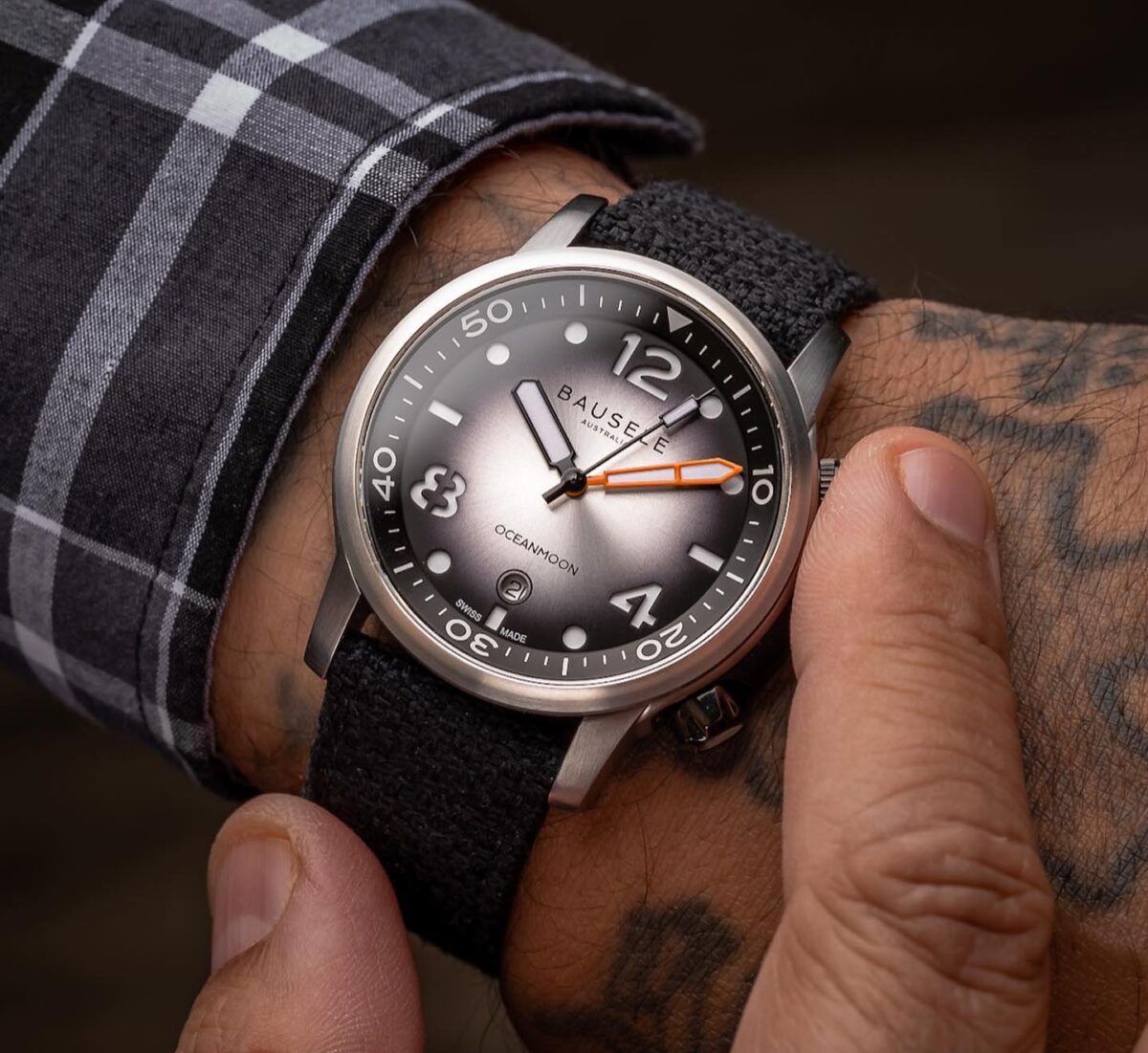
Last but not least, we have an Australian microbrand, Bausele. Marrying Swiss quality construction with distinct Australian designs, Bausele pieces feature a signature hollow crown that embeds an actual element of Australia into it, including red earth from the Outback, sand from one of the country’s finest beaches, or ‘Aussie diamond’: opal.
Bausele has even collaborated with the Royal Australian Air Force, the Invictus Games, the Sydney Opera House and the US Army – even producing a line of watches with the latter that are assembled by army veterans.
You May Also Like…
